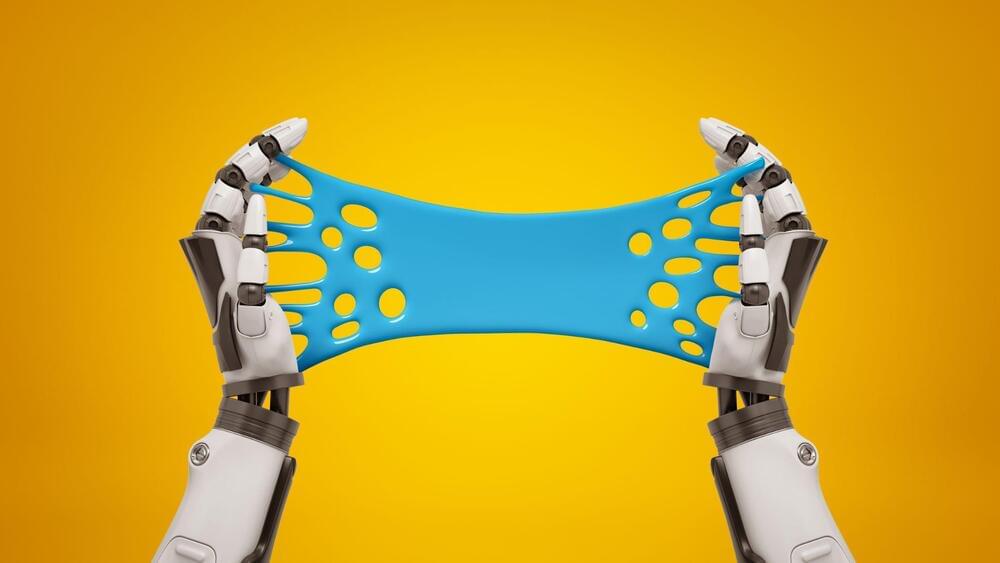New photonic integrated circuit technology based on lithium tantalate improves cost-efficiency and scalability, making significant advancements in optical communications and computing.
Optical communications and computing systems have been revolutionized by the rapid advancement in photonic integrated circuits (PICs), which combine multiple optical devices and functionalities on a single chip.
For decades, silicon-based PICs have dominated the field due to their cost-effectiveness and their integration with existing semiconductor manufacturing technologies, despite their limitations with regard to their electro-optical modulation bandwidth. Nevertheless, silicon-on-insulator optical transceiver chips were successfully commercialized, driving information traffic through millions of glass fibers in modern data centers.









